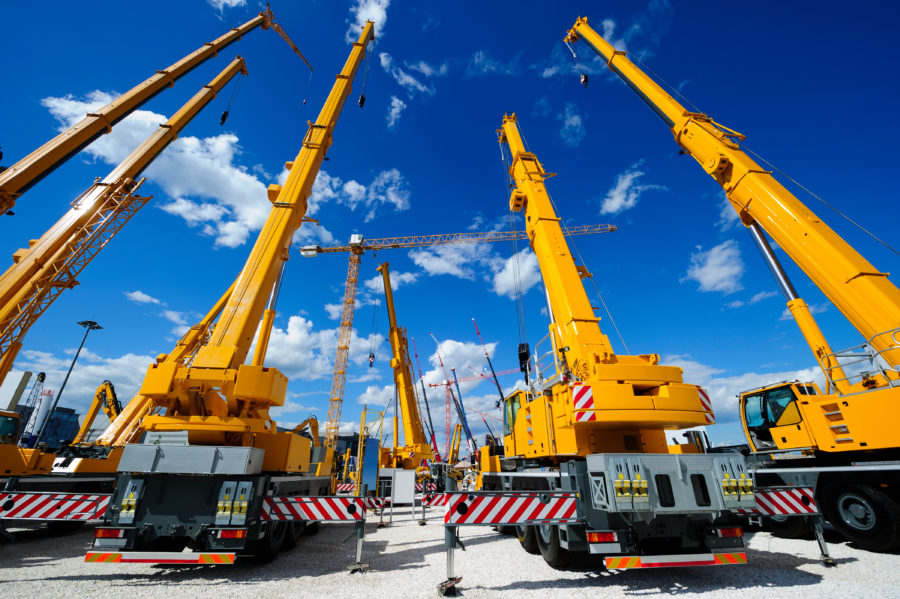Stopping the helium fire sale

A quick sell down of the US Government’s stockpiles of helium in the 90s crowded out the private sector and left the US with dangerously low levels of a key industrial material.
Early this month the U.S. Senate Committee on Energy & Natural Resources started considering changes to the way the government manages helium.
Helium is not only being used in party balloons, but it is also a key component in medical devices, industrial welding and high tech manufacturing. And don’t forget scientific research to launch all those weather balloons.
The National Helium Reserve, the world’s only underground helium storage facility, is a depleted gas field located 19km northwest of Amarillo, Texas. Unrefined or crude helium sales from the reserve supply roughly half of all domestic helium needs and one third of global helium demand each year.
The reserve is close to gas fields in southwest Kansas, Oklahoma and the Texas panhandle that contain high amounts of helium, which is separated from natural gas as a byproduct. Helium is collected, piped and injected underground.
Back in 1925 when airships were considered leading flight technology, the reserve was established by the US government as a strategic supply of gas. Later in the 1950s, the helium reserve became important to the US space program.
By the mid-90s a billion cubic metres of gas had been collected but the reserve was also deeply in debt. Congress passed the Helium Privatization Act of 1996 directing the government to start liquidating the reserve to payoff a US$1.4 billion debt.
The committee believes that the current sales structure distorts the private helium market and is creating uncertainty for commercial, Federal, medical and scientific users of helium.
“The proposed legislation would remove this market distortion for the benefit of industry, private, and Federal users. Additionally, the debt will be paid off prior to the mandated final sell off date, which may result in the expiration of the funding mechanism that provides the operating expenses for the reserve. According to the BLM, this may occur as early as mid-year 2013,” said the committee in a statement.
Proposed legislation would extend authorization of the reserve beyond 2015 when the operation was set to expire. The Bureau of Land Management would set helium prices at fair market value. Selling at market rates will also hopefully spur the development of private sources of helium.
Image of a balloon chain at Burning Man by william.neuheisel
{{ commodity.name }}
{{ post.title }}
{{ post.date }}

Comments
Bill Jackson
That fire sale of helium was the most bone headed act I have ever heard of. We now waste helium in party balloons and in other trivial uses. In 20 years it will have become a far more costly resource